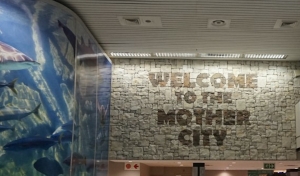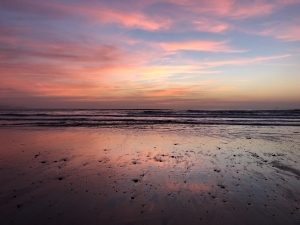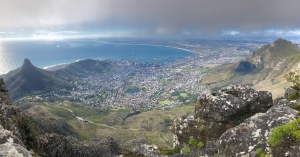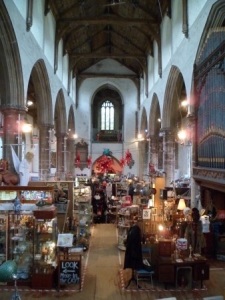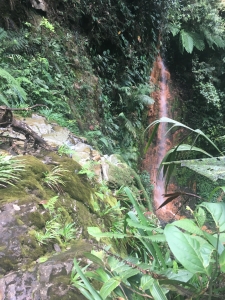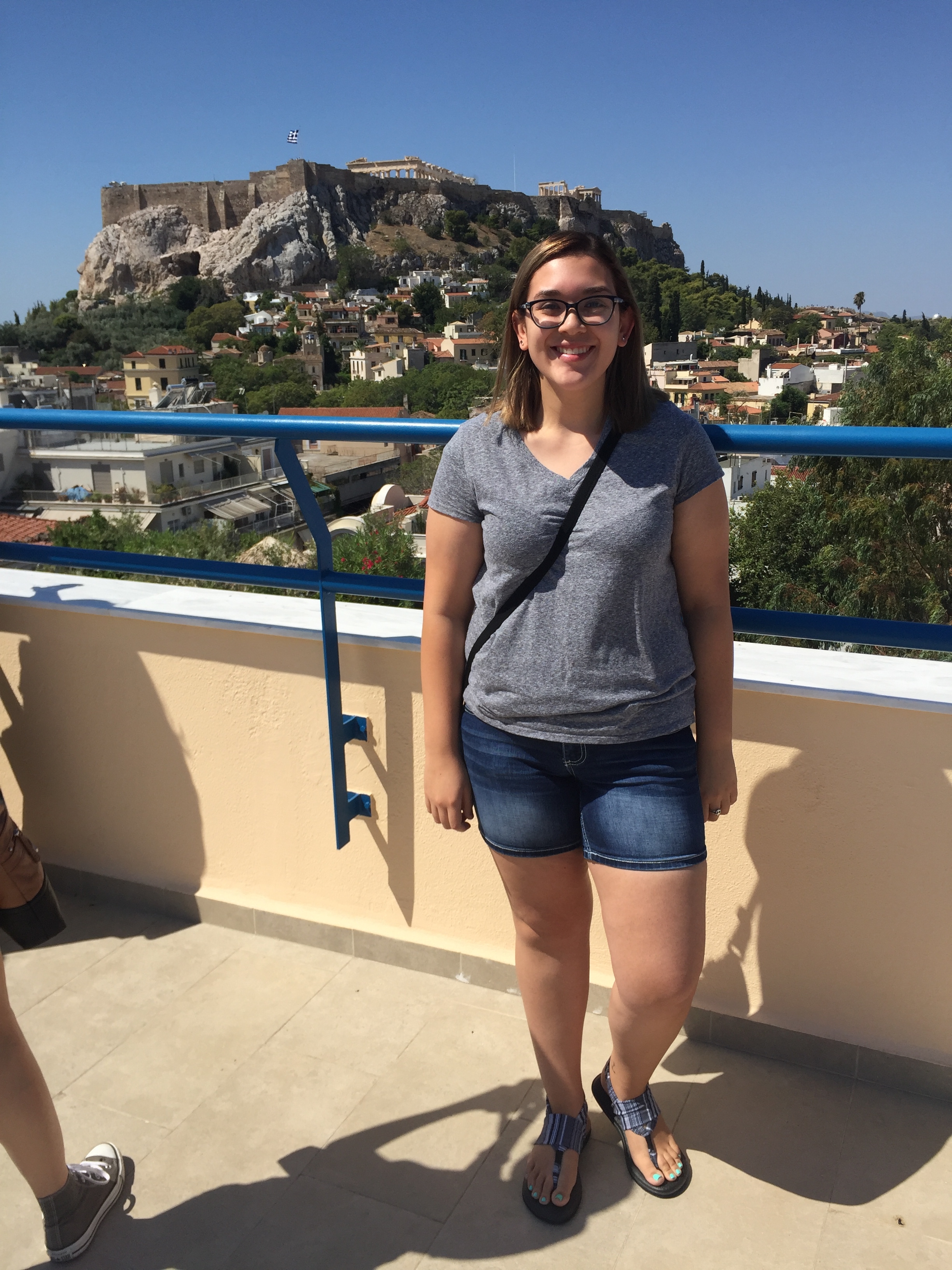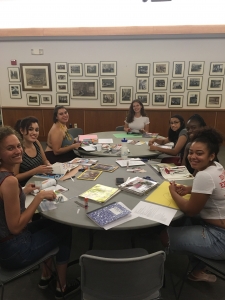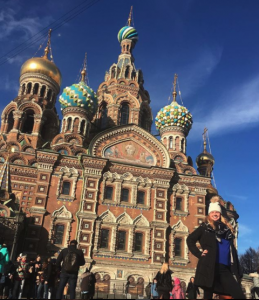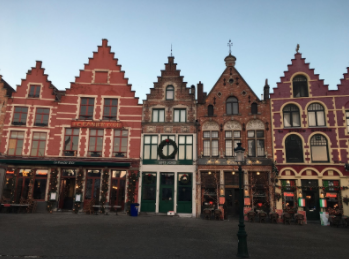Visiting Dublin, Ireland? 5 things You Must Do
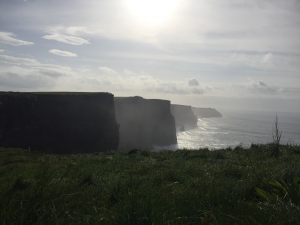
With sweeping landscapes of lush, green grass mixed in with the lively energy of a big city, Dublin, Ireland is a must-see when traveling Europe. I had dreamed of visiting Ireland for as long as I could remember, so while I was studying abroad in Greece last fall, I decided to book a flight! My friend Grace and I planned a weekend trip, where we stayed in the heart of Dublin. Below, I’ve listed the 5 best things we did during our short visit!
Cliffs of Moher
Any Harry Potter fans? This one’s for you! While the cliffs aren’t located in Dublin themselves, I think they’re a must when visiting any part of Ireland. Visiting the cliffs was, for me, mainly driven by my love for all things Harry Potter, and it was honestly one of the most breathtaking views I have ever seen. The dramatic cliffs that jutted out at all different angles above the constant blue ocean was incredible!
We actually did the Cliffs of Moher day tour with Paddy Wagon tours, which was definitely worth it! The drive from Dublin to the cliffs is quite pricey by cab. However, for 40 euros, this tour included the drive on a charter bus (with free Wi-Fi and USB plug ins by your seat!) and a stop in Kinvara, a small, picturesque village, famous for fishing; a drive along the coast of Galway Bay; a drive through the infamous Burren with a stop at the Baby Cliffs; a stop in Doolin for lunch; a stop at the Cliffs of Moher for about 2 hours; and finally a stop at the village of Bunratty where you can visit some local shops or walk to the nearby Bunratty castle. Whether you decide to do the day tour or simply visit the cliffs themselves, the Cliffs of Moher are definitely a beautiful must while visiting Ireland!
Temple Bar
With a laid back, warm atmosphere and a welcoming, friendly environment, the Temple Bar is the best spot to experience a traditional Irish pub. While the pub stays pretty packed throughout the night, be sure to fit some time in to visit — you won’t regret it. The Temple Bar is the established home of traditional Irish music and also houses the largest selection of whiskies in Ireland! They also serve food if you’re hungry, and boast about having the largest selection of sandwiches in the world.
Guinness Storehouse
I was a bit skeptical about this one at first. I’m definitely not an avid beer drinker, much less a Guinness enthusiast, but this was actually a really fun experience! We bought tickets for the tour, which includes a student discount rate, and learned all about how Guinness is made. The Storehouse itself is huge and had various parts where you could interact with displays and watch interactive videos. At one point during the tour, we were able to go a few at a time into a tasting room where they gave you a mini pint of Guinness (the drinking age in Ireland is 18). At the end of the tour, you get a voucher for a free pint of any kind of Guinness beer from any of the 3 restaurants inside, which are on the top floors and include some spectacular views of Dublin! If you’re like me and not really into the beer aspect, I’d still suggest going for the experience and views alone!
Phoenix Park
Our Airbnb was about a 10-minute walk from Phoenix Park, which is the largest park in Dublin and the largest urban park in Europe! The park is also home to the president of Ireland and the Dublin Zoo. If you’re looking for something free to do or just a good place to relax, a visit to this park is a must! There are numerous walking and hiking trails, where you might even spot one of many deer, as well as different events throughout the year.
Grafton Street
Located a short walk from Trinity College, home to the infamous Book of Kells, lies Grafton Street. This a perfect spot if you want to do some shopping or walking around. With just about every store you can think of, and a steady row of pubs, Grafton Street is a great way to spend an afternoon admiring the hustle and bustle of Dublin.


